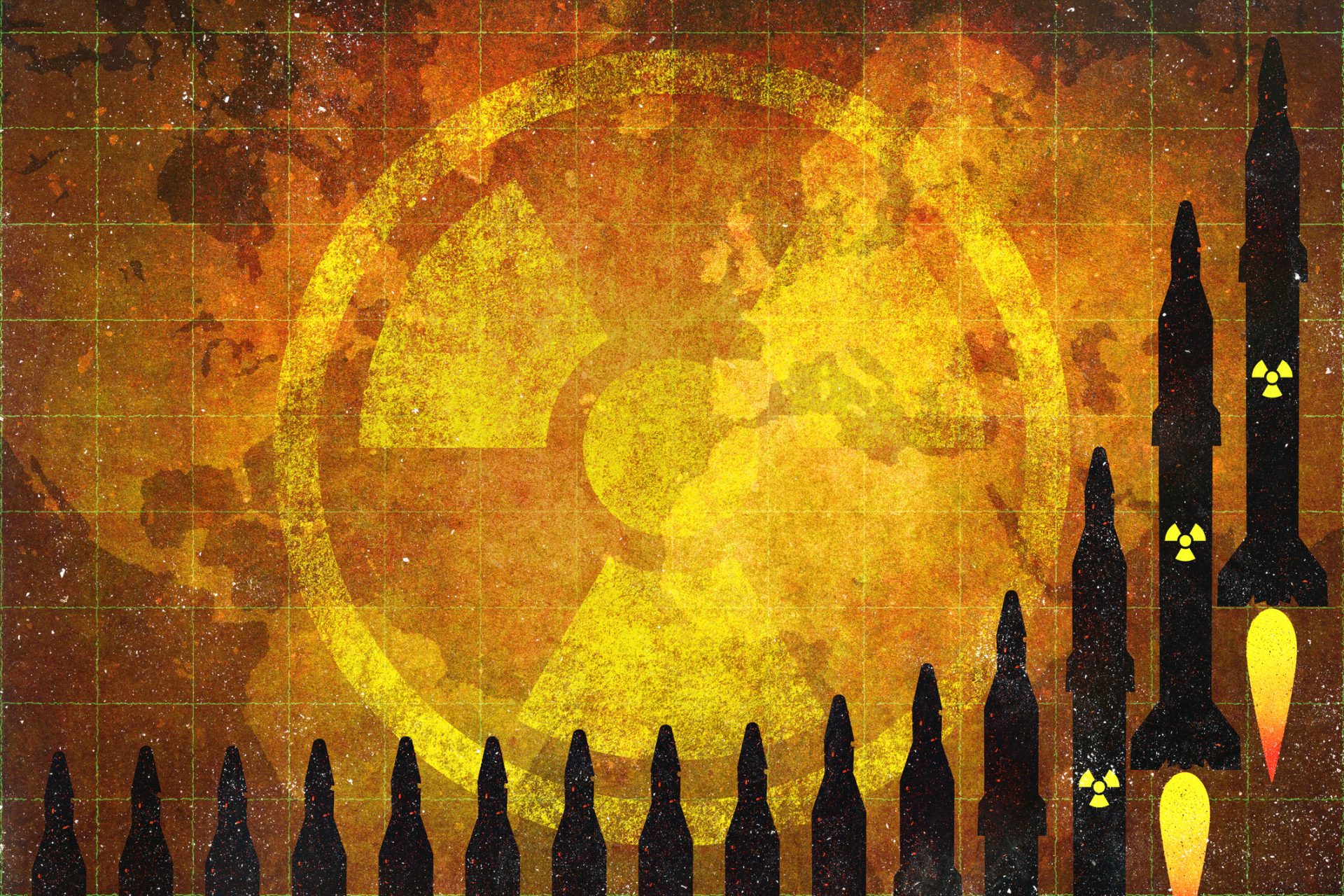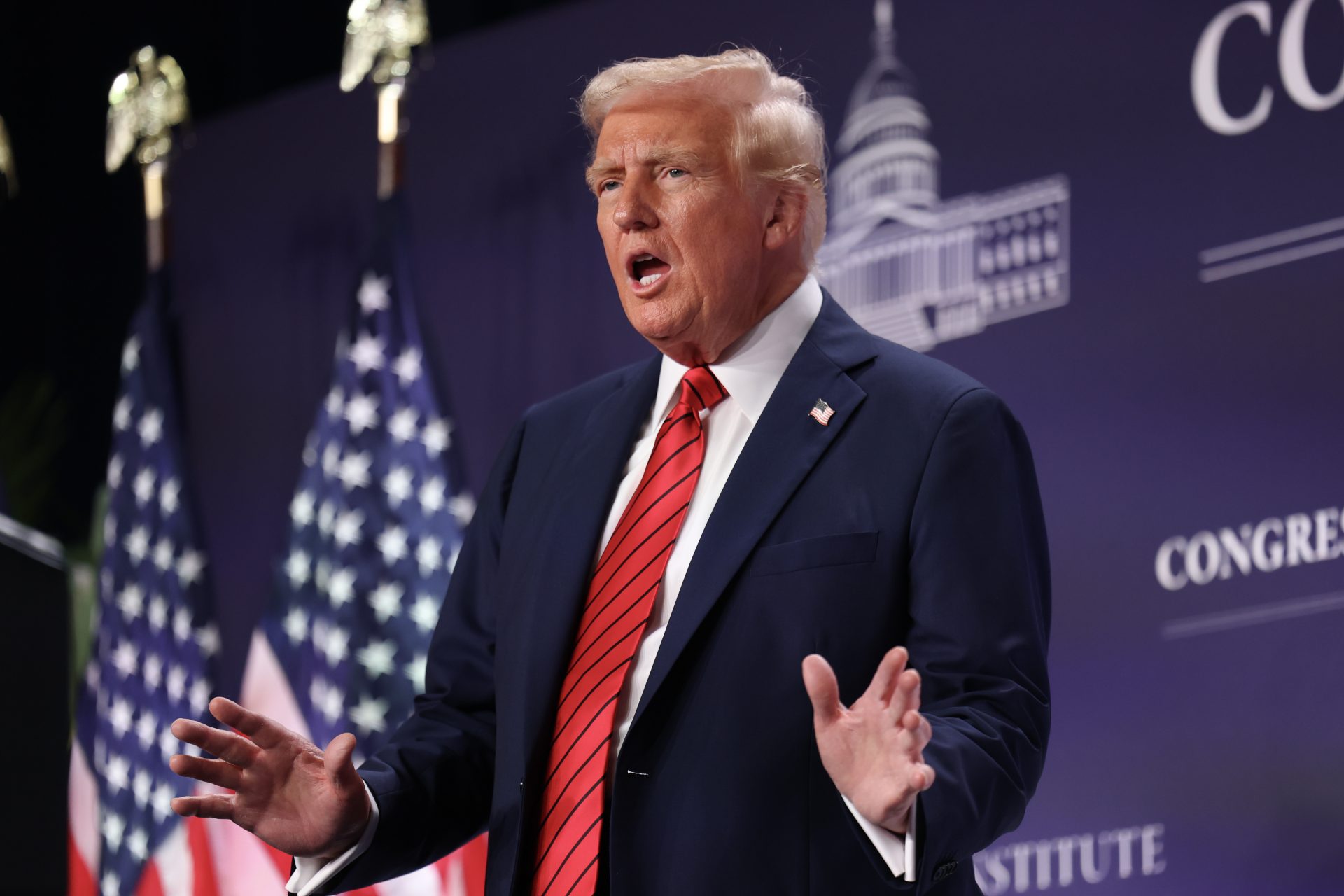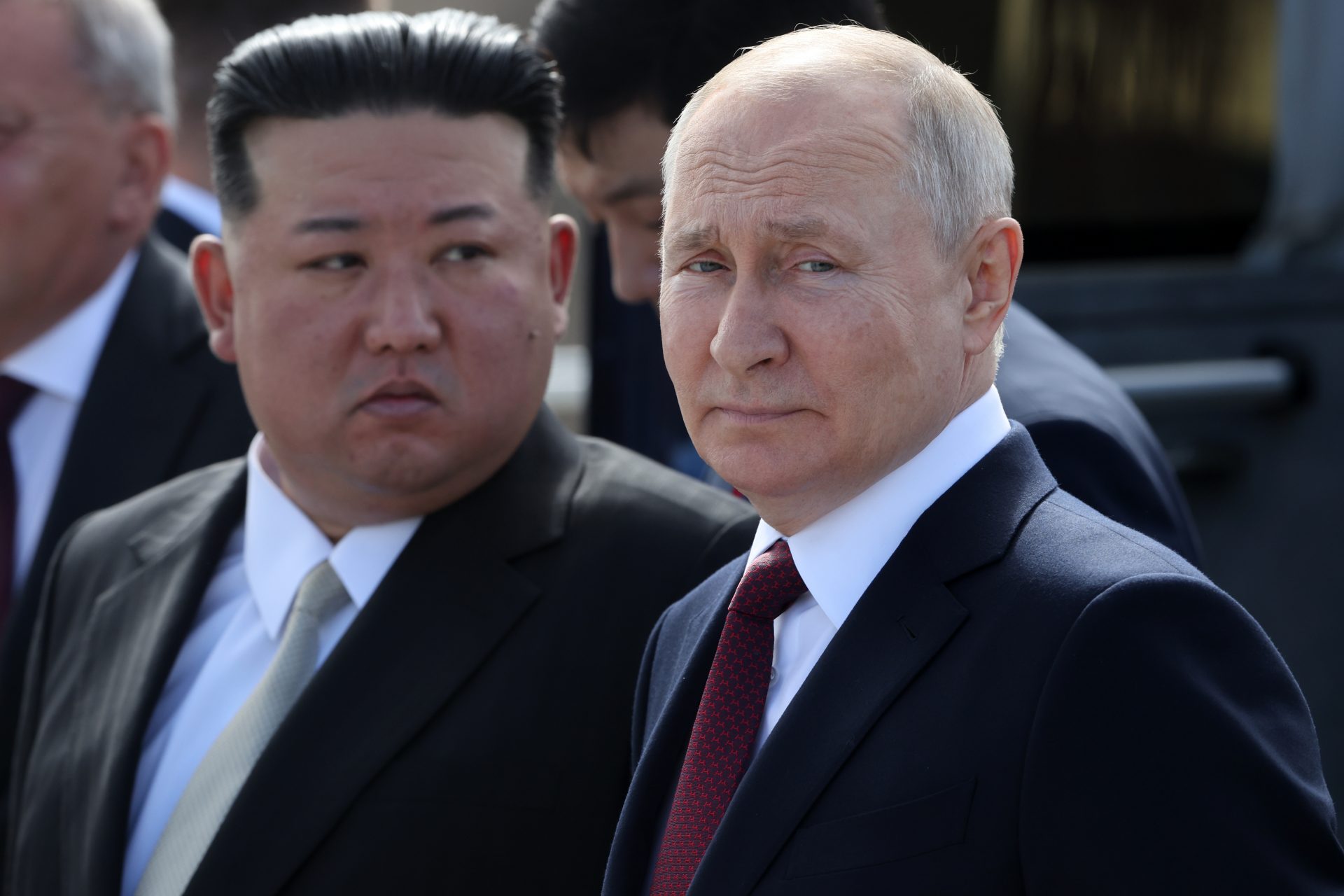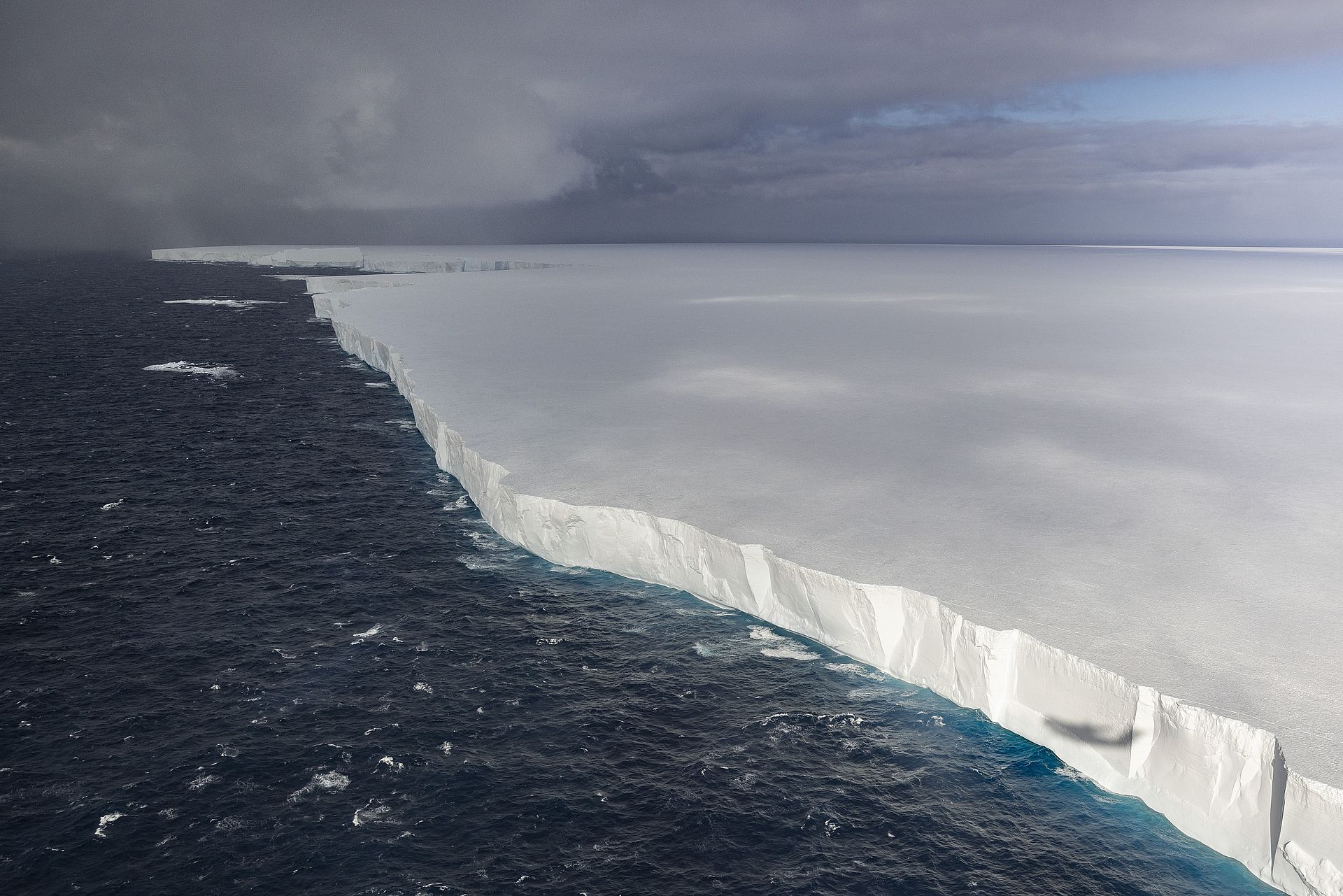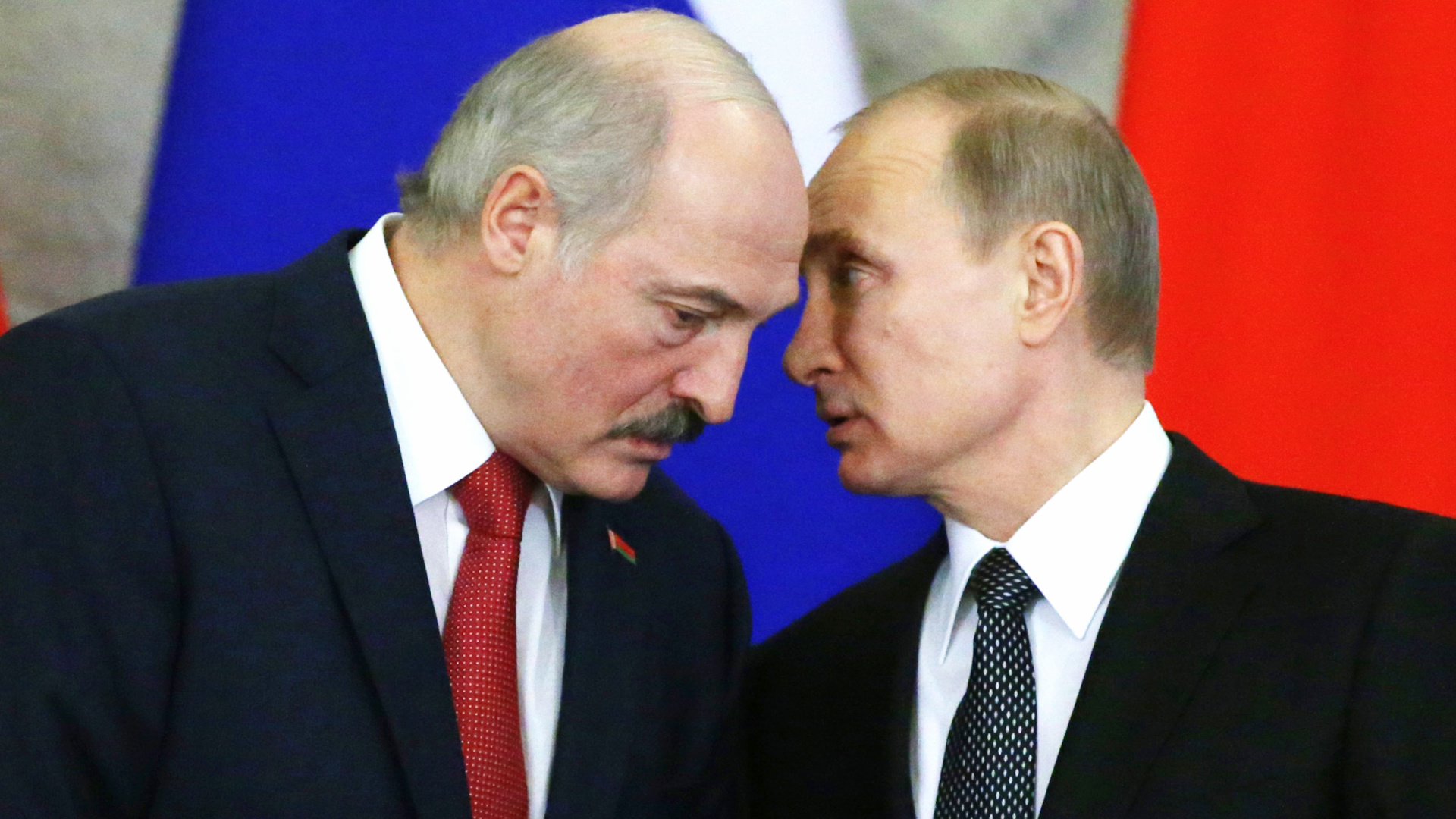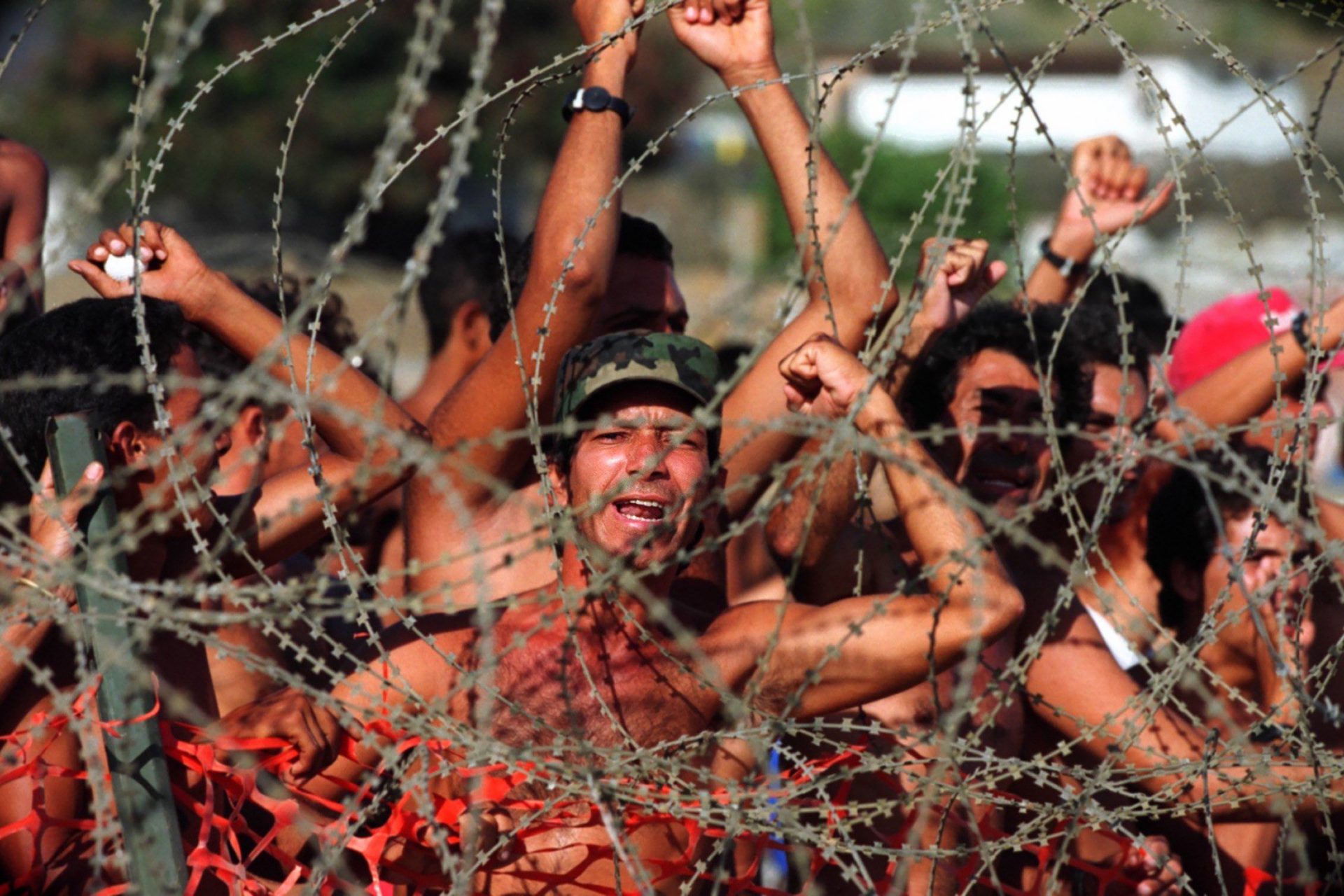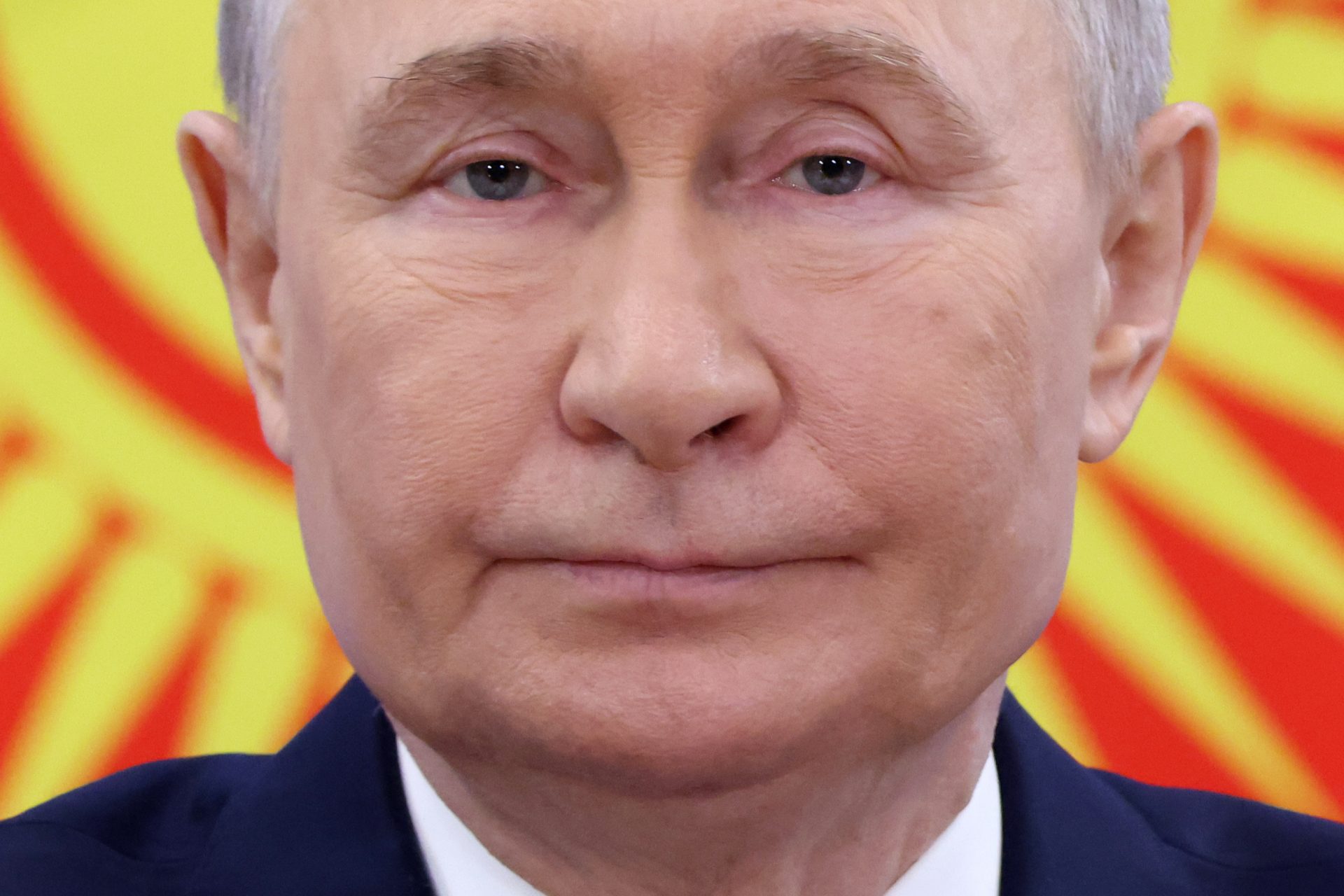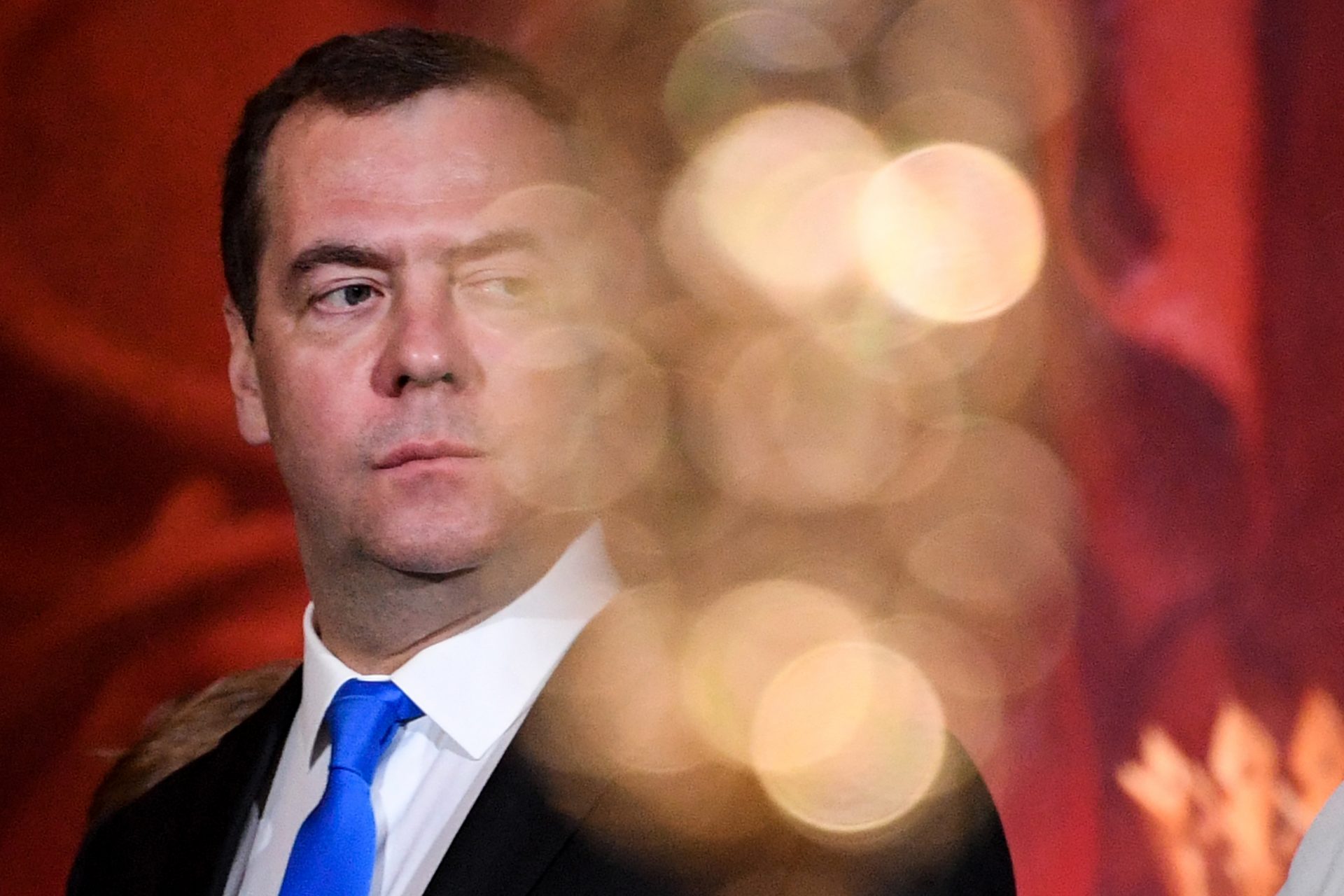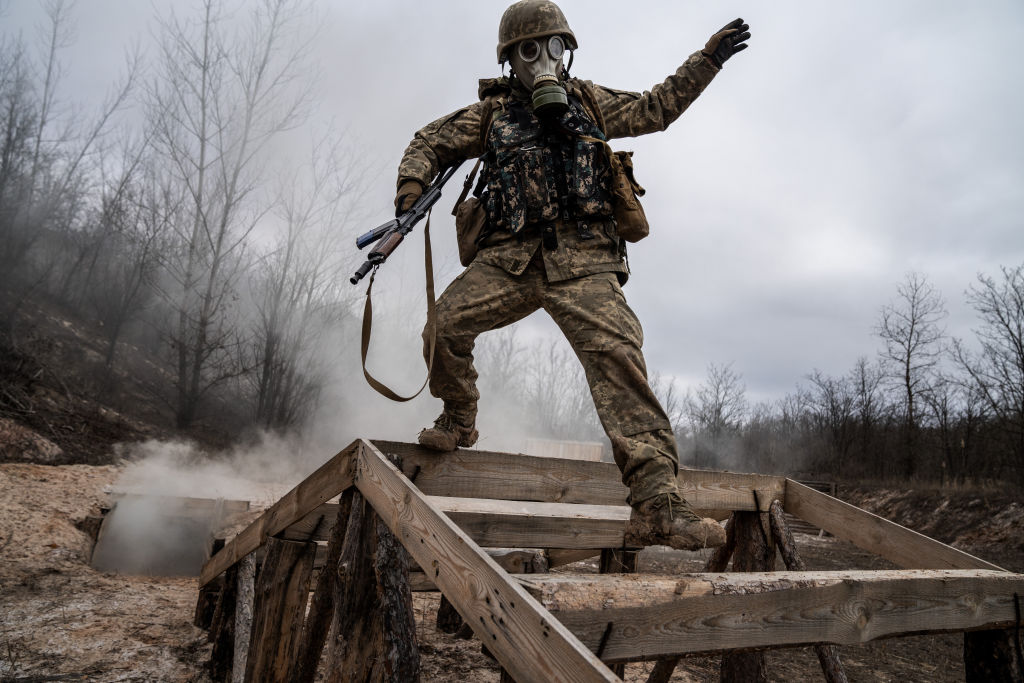Cuban Missile Crisis: when the US was on the brink of nuclear war
For 13 days in the fall of 1962, the United States and the Soviet Union were the focus of one of humanity’s most critical hours. One that almost led to a nuclear war.
On October 14, 1962, US spy planes first detected new installations being built across the island of Cuba. A CIA analysis revealed that these were launching sites for nuclear missiles with the ability to attack most of the United States.
Cuba was under a revolutionary government led by Fidel Castro, who had ousted the pro-US dictator Fulgencio Batista.
One year before, the United States had supported an invasion by Cuban exiles which ended in an embarrassing failure. This only emboldened the revolutionary government on the island.
After the failed invasion, Soviet Premier Nikita Khrushchev had the impression that US President John F. Kennedy was “too young, intellectual, not prepared well for decision-making in crisis situations… too intelligent and too weak.”
On October 16, President Kennedy met with a team of advisors to discuss how to deal with the nuclear threat in Cuba. This team was officially named the Executive Committee of the National Security Council or EXCOMM for short.
Secretary of Defense Robert McNamara put all the options on the table. These include doing nothing, opening talks with the Soviet Union, secretly offering a deal to Fidel Castro, invading Cuba, bombing the missile sites, or blockading the island.
The Joint Chiefs of Staff unanimously agreed that the only thing the US could do was attack Cuba and wait for Soviet retaliation. There was much friction as they saw Kennedy as young and inexperienced.
JFK refused the plan to attack and instead chose to “quarantine” Cuba. A naval blockade in all but name. At the same time, the White House began conversations with the Kremlin.
On October 22, Kennedy addressed the American people and made the nuclear threat public, demanding that the USSR withdraw the missiles from the island.
Communications went back and forth between Kennedy and Khrushchev. The US President wrote the Soviet Premier that no country could win a nuclear war and that the only result would be “catastrophic consequences to the whole world, including the aggressor.”
The Soviet leader retorted that the missiles were only for defensive purposes. After all, the United States had placed missiles in Italy and Turkey, within range of the USSR.
Meanwhile, US ships surrounded Cuba while Soviet submarines also moved around in the Caribbean.
On October 25, Soviet freighters with arms turned back to Europe but a Soviet oil tanker, the Bucharest, was threatening to break the maritime quarantine by heading towards Cuba.
Two US warships tried to intercept the Bucharest, but Kennedy gave orders to let it pass, as it was certain that it didn’t contain weapons.
The day after, on October 26, Castro sent a telegram to Khrushchev demanding that the Soviet Union send a preemptive strike on the United States as he believed that an invasion was imminent.
Khrushchev appealed to Kennedy’s humanity in a letter where he compared the situation between the United States and the Soviet Union to pulling a rope with a knot that only got tighter with every pull.
“If there is no intention to tighten that knot and thereby to doom the world to the catastrophe of thermonuclear war, then let us not only relax the forces pulling on the ends of the rope, let us take measures to untie that knot,” Khrushchev stated on his letter.
On October 27, a US military plane was shot down while flying over Cuba. A few days prior, Castro had ordered to shoot down any American aircraft over the island.
The top brass of the US military pressured Kennedy to declare war, but the president refused.
Meanwhile, in one of the closest calls to nuclear war in history, the US navy sent practice depth charges as warning shots on Soviet submarine B-59 at the blockade line, unaware it was carrying nuclear torpedoes.
The submarine captain thought that a nuclear war might already have started and wanted to launch a nuclear torpedo. Fortunately, the submarine flotilla’s commander was also onboard and decided against it, barely averting World War 3.
That same evening US Attorney General Robert Kennedy, JFK’s younger brother, met with Soviet ambassador Anatoly Dobrynin and assured him that the United States was already planning to scrap the missiles on Turkey but could not make it public.
Khrushchev pulled back the Soviet missiles in Cuba and ordered the dismantling of the missile launching sites on the island. World War 3 was averted.
The Cuban Missile Crisis made the creation of communication channels a priority as the White House and the Kremlin took several hours to send messages to each other, sometimes by unofficial means such as third parties.
This led to the creation of the famous hotline between Moscow and Washington, D.C. Although popular culture remembers it as a red telephone, it was actually a telex massage where each party sent texts in their respective language.
Peace between two powerful nations was achieved not due to tougher belligerent stances, but rather by dialogue and consensus.
More for you
Top Stories






























